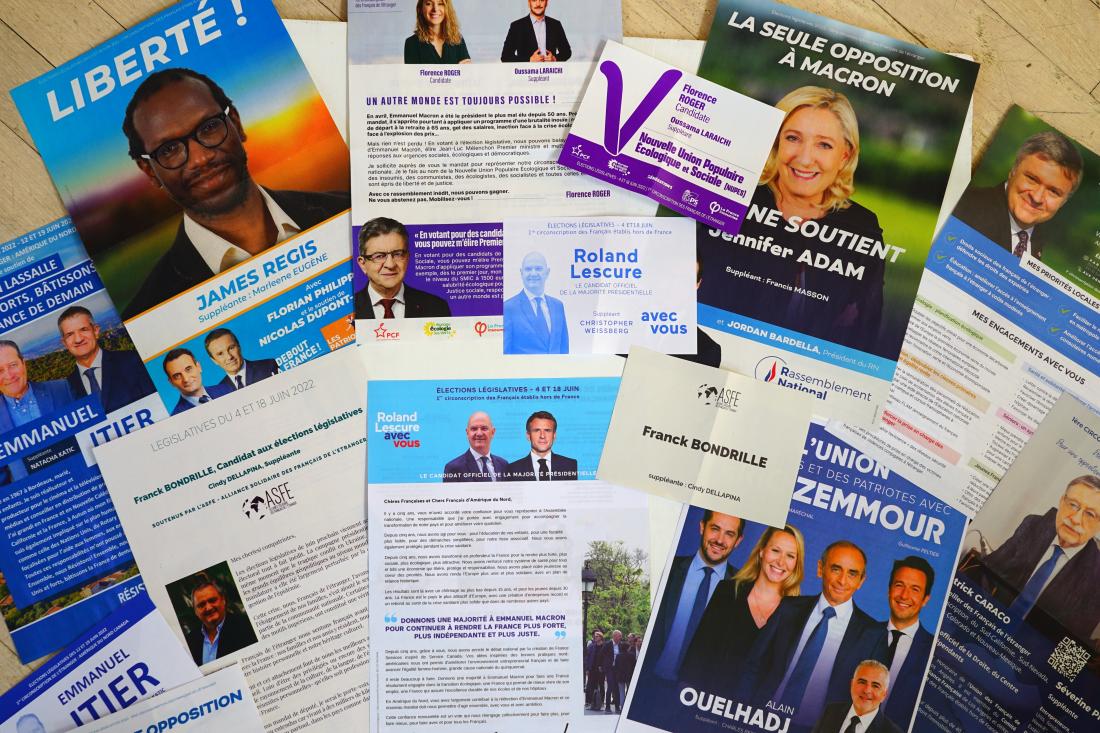Does Campaign Spending Work in the United States?
- Voters
- Electoral participation
- Voter Behavior
- Nudges and reminders
How does campaign spending affect electoral outcomes in the United States? In partnership with candidates, researcher Alan Gerber conducted five randomized evaluations in two states to measure the effect of campaign mailings on vote shares. The results suggest that incumbent spending has a negligible effect on vote share, whereas challenger spending was effective.
Policy issue
In U.S. elections, some candidates have more money to spend on their campaigns than others, often due to unlimited election spending by corporations and high-net worth individuals through Super PACs. If campaign spending affects election outcomes, then campaign finance can influence who runs in an election, who wins, and what the winners do in office. Previous research has reached conflicting conclusions on campaign spending effectiveness. How does campaign spending affect electoral outcomes and does this effect differ between incumbents and challengers?
Context of the evaluation
This study was conducted during five elections at the state and local level between 1999 and 2002 that relied on direct mailing campaigning. Specifically, researcher Alan Gerber studied the following elections:
Election & Participating Candidate Competitiveness Campaign StrategyNew Jersey Assembly Race: Two Democratic Incumbents*
Low competition**
The incumbent ran a positive campaign concentrated on Democrats and also sent mailings to Independents and Republicans
Connecticut House Race: Democratic Incumbent
Low competition
The incumbent ran a positive campaign concentrated on Democrats and Independents and also sent mailings to Republicans
Connecticut Mayoral Election: Democratic Challenger
Medium competition
The challenger ran a negative campaign attacking the incumbent targeting Democrats, Independents, and newly registered voters
Congressional Primary Election: Incumbent
Low competition
Mailings targeted households with at least one member who voted in one of the previous primaries
Congressional General Election: Incumbent
Low competition
Mailings targeted households with at least one member who voted in three of the past four general elections
**In elections with “low competition,” the incumbent was expected to win the election easily

Details of the intervention
In cooperation with candidates, Gerber used five randomized evaluations to measure the effect of candidate mailings on candidate vote shares. In three state and local elections, households were randomly selected to receive some combination of mailings or no mailings. A random subset of households in each evaluation was selected for a post-election survey by phone. For the congressional primary and general elections, electoral wards were randomly selected into a treatment group (to receive some combination of mailings) or a control group (no mailings). Campaign effects were measured by comparing vote totals in the treatment and control wards. In total, 19,554 households were included in the New Jersey Assembly Race evaluation, 3,422 in the Connecticut House Race evaluation, 9,900 households in the Connecticut Mayoral Election evaluation, 38,155 households in the Congressional Primary Election evaluation, and 93,189 households in the Congressional General Election evaluation.
Results and policy lessons
Gerber found that incumbent spending had a negligible effect on incumbent vote share, whereas challenger spending was effective. Based on these results, researchers developed a theoretical framework of incumbent spending strategy.
Incumbent spending: Incumbent spending in the New Jersey Assembly Race, Connecticut House Race, and Congressional General Election did not affect vote share. In contrast, incumbent spending in the Congressional Primary Election was effective —specifically, the incumbent vote margins increased by an average 2.7 percent in wards that received mailings. Taken as a whole, these results indicate that incumbent campaign mailings generally did not affect incumbent vote share. In primary elections, however, spending may have been more effective because partisanship is not an issue and there are many marginal voters.
Challenger spending: In the Connecticut Mayoral Election, challenger mailings improved vote share. Specifically, the challenger’s vote margin increased by one vote for each 12 households that received challenger mailings.
Theoretical framework: Based on these results, Gerber developed a campaign spending strategy framework. He theorized that campaigns by typical incumbents will have minimal effect on incumbent vote shares when candidates focus on winning rather than increasing their vote share. The framework also notes that when elections are more competitive, campaign spending generally has more of an effect on vote share. This means that there are only a few election scenarios that would require campaign spending, such as when the race is competitive and an incumbent may lose. However, an incumbent may “insure” against such worst-case scenarios by spending money, regardless.